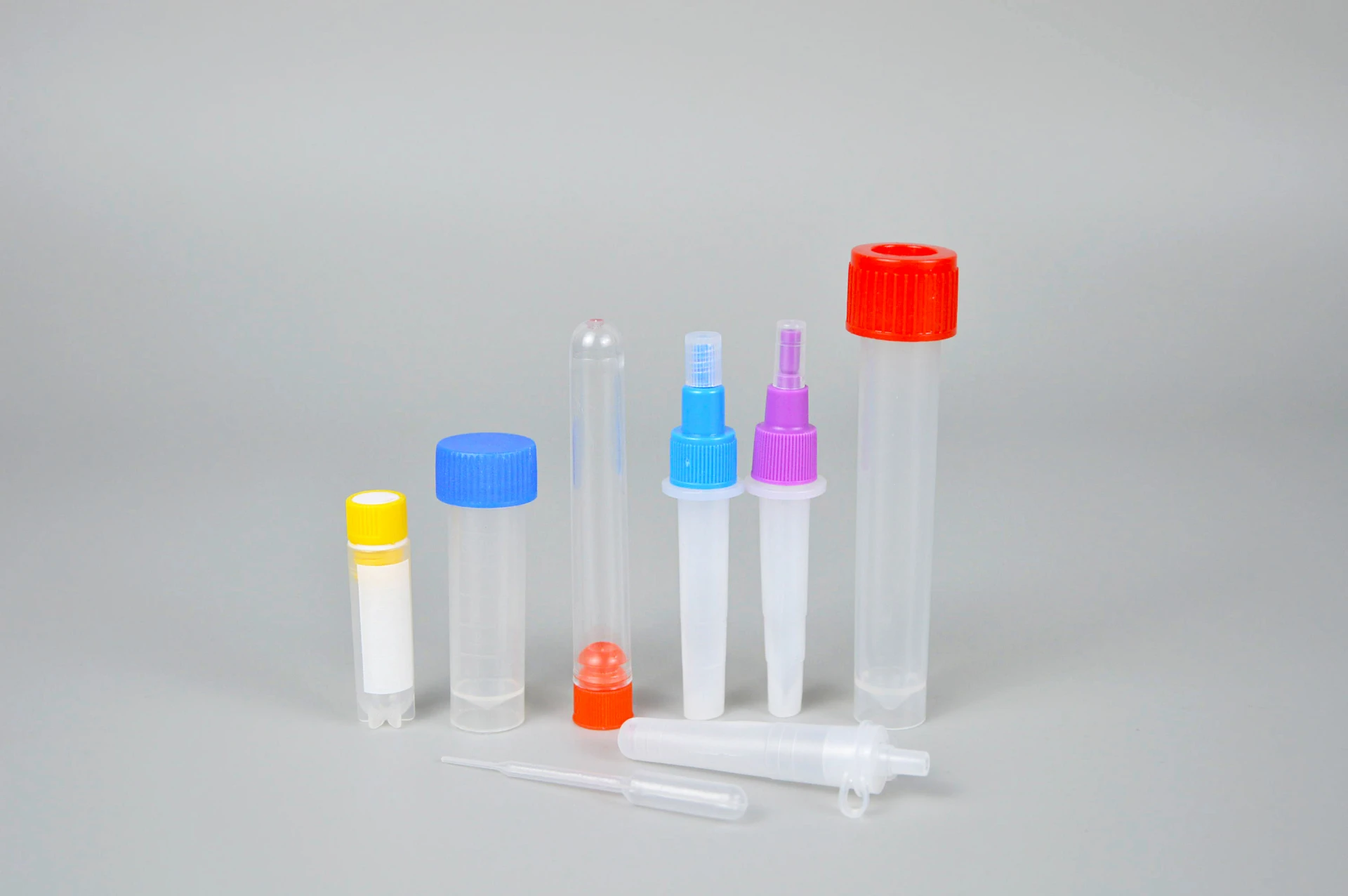
-
 Afrikaans
Afrikaans -
 Albanian
Albanian -
 Amharic
Amharic -
 Arabic
Arabic -
 Armenian
Armenian -
 Azerbaijani
Azerbaijani -
 Basque
Basque -
 Belarusian
Belarusian -
 Bengali
Bengali -
 Bosnian
Bosnian -
 Bulgarian
Bulgarian -
 Catalan
Catalan -
 Cebuano
Cebuano -
 Corsican
Corsican -
 Croatian
Croatian -
 Czech
Czech -
 Danish
Danish -
 Dutch
Dutch -
 English
English -
 Esperanto
Esperanto -
 Estonian
Estonian -
 Finnish
Finnish -
 French
French -
 Frisian
Frisian -
 Galician
Galician -
 Georgian
Georgian -
 German
German -
 Greek
Greek -
 Gujarati
Gujarati -
 Haitian Creole
Haitian Creole -
 hausa
hausa -
 hawaiian
hawaiian -
 Hebrew
Hebrew -
 Hindi
Hindi -
 Miao
Miao -
 Hungarian
Hungarian -
 Icelandic
Icelandic -
 igbo
igbo -
 Indonesian
Indonesian -
 irish
irish -
 Italian
Italian -
 Japanese
Japanese -
 Javanese
Javanese -
 Kannada
Kannada -
 kazakh
kazakh -
 Khmer
Khmer -
 Rwandese
Rwandese -
 Korean
Korean -
 Kurdish
Kurdish -
 Kyrgyz
Kyrgyz -
 Lao
Lao -
 Latin
Latin -
 Latvian
Latvian -
 Lithuanian
Lithuanian -
 Luxembourgish
Luxembourgish -
 Macedonian
Macedonian -
 Malgashi
Malgashi -
 Malay
Malay -
 Malayalam
Malayalam -
 Maltese
Maltese -
 Maori
Maori -
 Marathi
Marathi -
 Mongolian
Mongolian -
 Myanmar
Myanmar -
 Nepali
Nepali -
 Norwegian
Norwegian -
 Norwegian
Norwegian -
 Occitan
Occitan -
 Pashto
Pashto -
 Persian
Persian -
 Polish
Polish -
 Portuguese
Portuguese -
 Punjabi
Punjabi -
 Romanian
Romanian -
 Russian
Russian -
 Samoan
Samoan -
 Scottish Gaelic
Scottish Gaelic -
 Serbian
Serbian -
 Sesotho
Sesotho -
 Shona
Shona -
 Sindhi
Sindhi -
 Sinhala
Sinhala -
 Slovak
Slovak -
 Slovenian
Slovenian -
 Somali
Somali -
 Spanish
Spanish -
 Sundanese
Sundanese -
 Swahili
Swahili -
 Swedish
Swedish -
 Tagalog
Tagalog -
 Tajik
Tajik -
 Tamil
Tamil -
 Tatar
Tatar -
 Telugu
Telugu -
 Thai
Thai -
 Turkish
Turkish -
 Turkmen
Turkmen -
 Ukrainian
Ukrainian -
 Urdu
Urdu -
 Uighur
Uighur -
 Uzbek
Uzbek -
 Vietnamese
Vietnamese -
 Welsh
Welsh -
 Bantu
Bantu -
 Yiddish
Yiddish -
 Yoruba
Yoruba -
 Zulu
Zulu
plastic bottle base design
The Design of Plastic Bottle Bases A Blend of Functionality and Aesthetics
Plastic bottles are ubiquitous in our daily lives, serving as containers for beverages, personal care products, and countless other items. One of the often-overlooked features of these bottles is their base design. The base of a plastic bottle is crucial not only for stability and functionality but also for aesthetics and brand identity.
The Design of Plastic Bottle Bases A Blend of Functionality and Aesthetics
From a manufacturing standpoint, the base design can impact the production process. The geometry of the base can affect how the bottles are formed in the molding process. A uniform base design can streamline production, reduce material waste, and lower costs. For example, many companies opt for a slightly concave base, allowing for better distribution of pressure during the bottling process. This design not only supports the structural integrity of the bottle but also enhances its ability to withstand internal pressure, especially important for carbonated beverages.
plastic bottle base design

The aesthetic aspect of a plastic bottle’s base cannot be overlooked. Creative and visually appealing designs can differentiate products on the shelves, making them more attractive to consumers. A unique base shape can also serve as a branding tool, giving a product a distinctive identity. Some brands even incorporate elements of their logo or iconic imagery into the base design, creating a cohesive look that resonates with consumers.
Moreover, the base design plays a role in sustainability efforts. With the growing awareness of environmental issues, many manufacturers are exploring ways to reduce plastic usage. Innovative base designs can minimize the amount of material needed without compromising strength and durability. For instance, optimizing the thickness of the base allows for lighter bottles that are easier to transport and require less energy to produce.
Additionally, the base can also be designed for recycling convenience. Some bottles feature markings or designs that indicate the type of plastic used, helping consumers make informed choices about recycling. As the recycling industry evolves, offering easily recyclable products becomes increasingly important.
In conclusion, the design of plastic bottle bases encompasses a fascinating interplay of form and function. Whether aimed at enhancing stability, streamlining manufacturing, supporting branding efforts, or promoting sustainability, the base design is integral to the overall performance and perception of the bottle. As consumer preferences shift and environmental challenges grow, innovative base designs will likely continue to emerge, shaping the future of plastic packaging.
-
Premium Metal Dropper Bottle for Precise Dispensing 250ml & 1ml Options AvailableNewsJul.04,2025
-
20 ml Headspace Vials - High Quality Polyethylene & Plastic Vials for Lab UseNewsJul.04,2025
-
Small Bottle with Pipette - Precise Dispensing 100ml Pipette Bottles for Essential Oils & Lab UseNewsJun.24,2025
-
Acetic Anhydride Bottle for Accurate Dropper Measurement in Pharmacy Use High-Quality Dropper BottlesNewsJun.10,2025
-
Innovative PET Bottle Design for Juice – Unique Shapes & Customization OptionsNewsJun.10,2025
-
20 Pack Sterilized Petri Dishes – Assorted Sizes, High Quality Small Plastic Petri Dishes for Lab UseNewsJun.10,2025






















